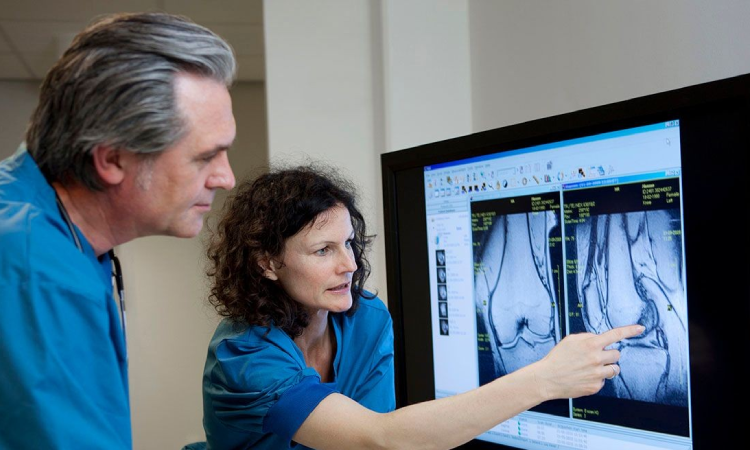The Technology Evolution: How Refurbished MRI and CT Scanners Keep Up
In the ever-advancing landscape of medical technology, the evolution of diagnostic equipment has been nothing short of remarkable. Among these transformative advancements, Magnetic Resonance Imaging (MRI) and Computed Tomography (CT) scanners stand out as invaluable tools for modern healthcare. As these technologies continue to progress, the question arises: How do refurbished MRI and CT scanners manage to keep up with the pace of technology? In this blog post, we delve into the dynamic world of refurbished medical imaging equipment and explore how these scanners stay relevant and effective in the face of technological evolution.
Refurbished MRI and CT Scanners: A Window to the Future of Diagnostics
Refurbished MRI and CT scanners represent a bridge between the innovations of the past and the possibilities of the future. While the term “refurbished” might conjure images of outdated or obsolete technology, the reality couldn’t be further from the truth. Refurbished scanners are not mere relics; they are rejuvenated machines that undergo a meticulous transformation to align with the latest advancements.
Embracing Technological Upgrades
At the core of the technology evolution lies the commitment to incorporating the latest innovations into refurbished scanners. Just as the automotive industry continually introduces new models with enhanced features, refurbished scanners undergo upgrades that allow them to deliver superior performance.
These upgrades might encompass improvements in imaging resolution, software enhancements, faster data processing, and even the integration of artificial intelligence (AI) algorithms. The result is that healthcare providers gain access to the benefits of cutting-edge technology without the financial burden of investing in brand-new machines.
The Refurbishment Process: A Path to Technological Relevance
The journey of a refurbished MRI or CT scanner from its initial state to its technologically advanced form involves several stages:
Diagnostic Assessment: The scanner undergoes a thorough diagnostic assessment to identify any existing issues or areas for improvement.
Component Replacement: Outdated or malfunctioning components are replaced with newer, more advanced counterparts, which might include updated detectors, processors, or software modules.
Calibration and Optimization: The scanner is meticulously calibrated to ensure optimal performance, accurate image quality, and adherence to industry standards.
Integration of Upgrades: Technological upgrades are seamlessly integrated, whether it’s enhanced imaging algorithms, improved software interfaces, or connectivity features that streamline data sharing.
Quality Assurance: Rigorous testing and quality control procedures ensure that the refurbished scanner meets or exceeds the original manufacturer’s specifications.
Certification: The scanner is certified to meet regulatory standards, assuring healthcare providers of its safety, quality, and compliance.
The Benefits of Staying Current
Choosing a refurbished MRI or CT scanner equipped with the latest technological features brings a plethora of benefits to healthcare providers:
Advanced Imaging: Upgraded scanners offer improved image quality, sharper details, and enhanced diagnostic accuracy.
Efficiency: Faster processing speeds and optimized software allow for quicker scans and more efficient patient care.
Access to Modern Features: Integrating AI-driven image analysis or 3D visualization capabilities expands diagnostic possibilities.
Cost-Effectiveness: Refurbished scanners offer these advancements at a fraction of the cost of new equipment, optimizing budget allocation.
Conclusion
In the fascinating journey of refurbished MRI and CT scanners, the technology evolution is not just an aspiration; it’s a tangible reality. These scanners are more than just products; they represent a commitment to bridging the gap between the past and the future of medical diagnostics. With the integration of technological upgrades, meticulous refurbishment processes, and a dedication to maintaining relevance, refurbished MRI and CT scanners stand as shining examples of how innovation can thrive across generations. As healthcare continues to evolve, these machines ensure that patients receive the best possible care, empowered by the latest advancements, regardless of their machine’s age.
